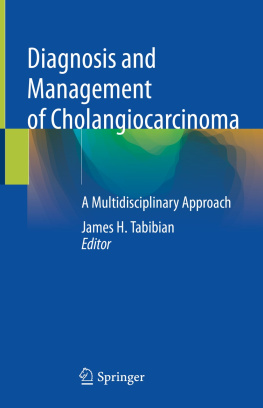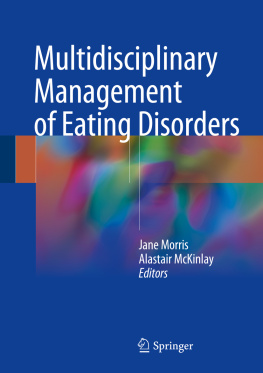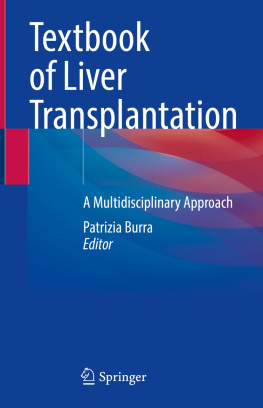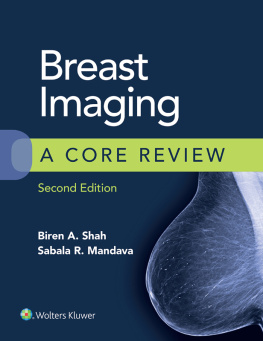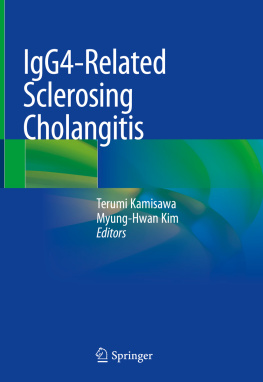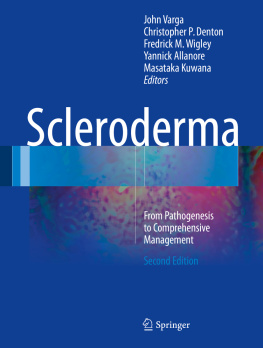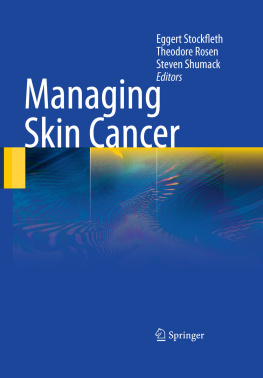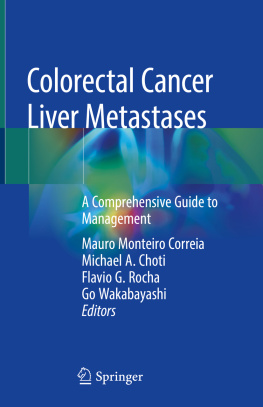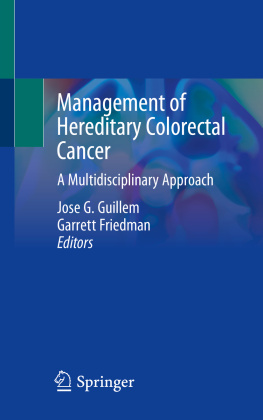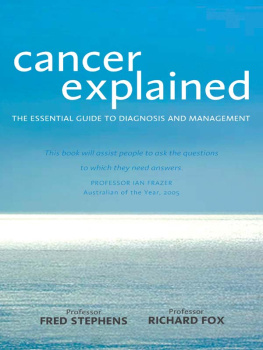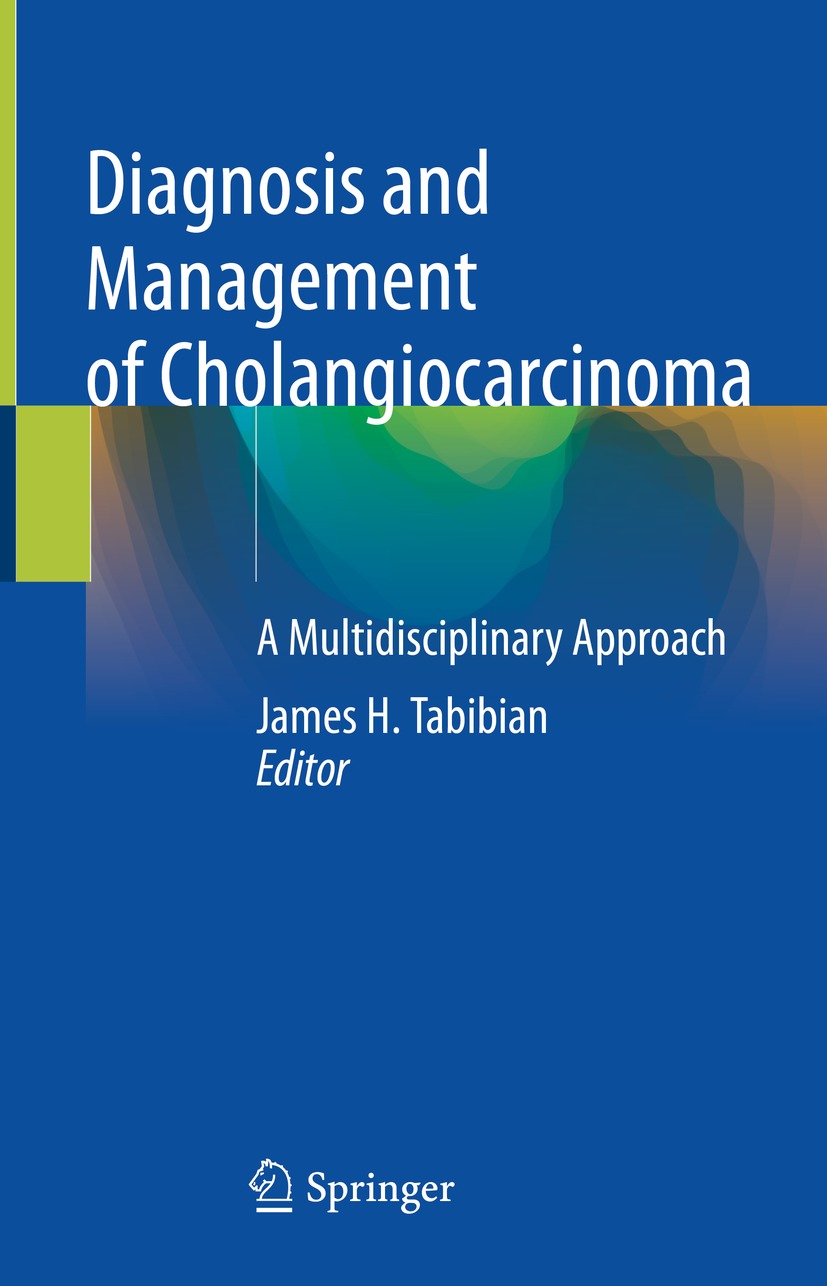Diagnosis and Management of Cholangiocarcinoma
A Multidisciplinary Approach
1st ed. 2021

Logo of the publisher
Editor
James H. Tabibian
Division of Gastroenterology, Department of Medicine, Olive View-UCLA Medical Center, Sylmar, CA, USA
David Geffen School of Medicine at UCLA, Los Angeles, CA, USA
ISBN 978-3-030-70935-8 e-ISBN 978-3-030-70936-5
https://doi.org/10.1007/978-3-030-70936-5
Springer Nature Switzerland AG 2021
This work is subject to copyright. All rights are reserved by the Publisher, whether the whole or part of the material is concerned, specifically the rights of translation, reprinting, reuse of illustrations, recitation, broadcasting, reproduction on microfilms or in any other physical way, and transmission or information storage and retrieval, electronic adaptation, computer software, or by similar or dissimilar methodology now known or hereafter developed.
The use of general descriptive names, registered names, trademarks, service marks, etc. in this publication does not imply, even in the absence of a specific statement, that such names are exempt from the relevant protective laws and regulations and therefore free for general use.
The publisher, the authors and the editors are safe to assume that the advice and information in this book are believed to be true and accurate at the date of publication. Neither the publisher nor the authors or the editors give a warranty, expressed or implied, with respect to the material contained herein or for any errors or omissions that may have been made. The publisher remains neutral with regard to jurisdictional claims in published maps and institutional affiliations.
This Springer imprint is published by the registered company Springer Nature Switzerland AG
The registered company address is: Gewerbestrasse 11, 6330 Cham, Switzerland
Preface
Cholangiocarcinoma is a generally rare yet impactful, heterogeneous, and, in many ways, enigmatic malignancy of the biliary tract that can occur anywhere along its course, from the intrahepatic radicles that line the canals of Hering on down to the common bile duct and hepatopancreatic ampulla. Despite all cholangiocarcinoma, irrespective of anatomical location, being of biliary epithelial origin (by definition), the disease embodies a wide epidemiological, biological, and clinical spectrum of subtypes. Although cholangiocarcinoma is often aggressive, screening modalities are lacking, and most patients are asymptomatic until advanced stages of disease. Insofar as it is becoming more common worldwide, cholangiocarcinoma, considering its relatively high morbidity and mortality and limited therapeutic options, poses a critical biomedical and public health problem.
Advances in delineating the molecular events that lead to the development and progression of cholangiocarcinoma have lagged in relation to other, more common and anatomically accessible malignancies that are typically easier to model and study. As such, it may come as no surprise that significant advances in treatment approaches, as seen for instance in breast or colorectal cancer, have correspondingly not been realized. However, on the heels of progress in other areas of cancer research, recent studies have shed light on the pathogenesis of cholangiocarcinoma, which not only help explain the apparent heterogeneity of this disease, but also lend great promise in the clinical arena. Indeed, in parallel with the enhanced understanding of the molecular biology of cholangiocarcinoma have come developments in other areas, including but not limited to clinical epidemiology, noninvasive imaging, histopathology, endoscopic management, targeted chemotherapy, surgical oncology, disease biomarkers, surveillance, and modeling. While these developments have improved our ability to care for patients with cholangiocarcinoma, there is still much to be learned and accomplished, as evidenced by the ongoing diagnostic challenges, limited treatment options, and relatively high morbidity and mortality which continue to be associated with this disease.
In this context, I was very pleased to learn of Springers interest in an authoritative and up-to-date textbook (and eBook) dedicated to the topic of cholangiocarcinoma, and together we sought to recruit a broad representation of world experts to provide a global perspective on this very matter. I am delighted to say that this effort has produced a unique, 26-chapter compendium of work authored by an impressive international group of leaders in the field. The chapters, organized into three parts, have been curated to recount the fundamental principles, evolving trends, and latest insights regarding cholangiocarcinoma across the spectrum of basic, translational, and clinical research as well as the state of the art of multidisciplinary patient care, including diagnosis, staging, treatment, surveillance, and beyond. On behalf of the authors, I believe this book will serve as a valuable contribution to the field and an important, unified, and practical resource for investigators and clinicians at all levels of expertise as well as trainees, patients, and patient advocates aspiring to learn more regarding this subject. Moreover, it is my sincere hope that this book will help cultivate greater collaboration among clinicians, scientists, patients, and industry to seek new knowledge to improve care for patients with these malignancies.
James H. Tabibian
Los Angeles, CA, USA
Acknowledgment
To my familymost especially my wife and childrenthank you for your patience, understanding, and support. My love for you is beyond measure.
To all the authors and co-authors of this book, thank you for the time, effort, and expertise you have invested not only in this textbook but also in the work you routinely do to advance the field.
To all my mentors and colleagues who have helped me throughout the years, thank you for your guidance, inspiration, and camaraderie. I aspire to return the favor and gestures of kindness.
To all the clinicians, researchers, and other biomedical professionals who help patients and families afflicted by cholangiocarcinoma, thank you and Godspeed.
To the Springer team, thank you for making this a smooth process and ensuring that we realize this endeavor to fruition, even in the midst of the COVID-19 pandemic.
I sincerely hope that, in sharing the collective experience and wisdom compiled herein, we will enhance fundamental understanding and clinical care of cholangiocarcinoma and encourage future collaborative efforts that illuminate ways to further improve the length and quality of life of our patientsthe vital underpinning and focus of this book.
Contents
Part IAnatomy and Histology of the Biliary Tree and Cholangiocarcinoma
Jad Abou-Khalil
Michael A. Mederos and Mark D. Girgis
Yasuni Nakanuma , Katsuhiko Uesaka , Masayuki Ohtsuka , Koushiro Ohtsubo , Dai Inoue and Kazuto Kozaka
Payman Fathizadeh , Hanlin L. Wang and Robin L. Dietz Jr
Part IIDiagnosis and Management of Cholangiocarcinoma
Roongruedee Chaiteerakij

